Subfamily Colubrinae Scientific name Elaphe emoryi Order Scaled reptiles | Subphylum Vertebrata Tribe Lampropeltini | |
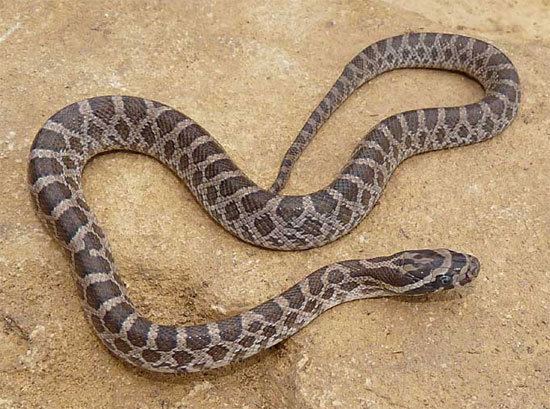 | ||
Similar Snake, Pantherophis, Reptile, Colubridae, Slowinski's corn snake | ||
Great plains rat snake pantherophis emoryi drinking
Pantherophis emoryi, commonly known as the Great Plains rat snake, is a species of nonvenomous rat snake native to the central part of the United States, from Missouri to Nebraska, to Colorado, south to Texas, and into northern Mexico. It is sometimes considered by hobbyists as subspecies of the corn snake, which is commonly kept as a pet. The two are sometimes interbred to produce varying pattern and color morphs.
Contents
- Great plains rat snake pantherophis emoryi drinking
- Pantherophis emoryi feeding
- Etymology
- Common names
- Description
- Behavior
- Taxonomy
- References
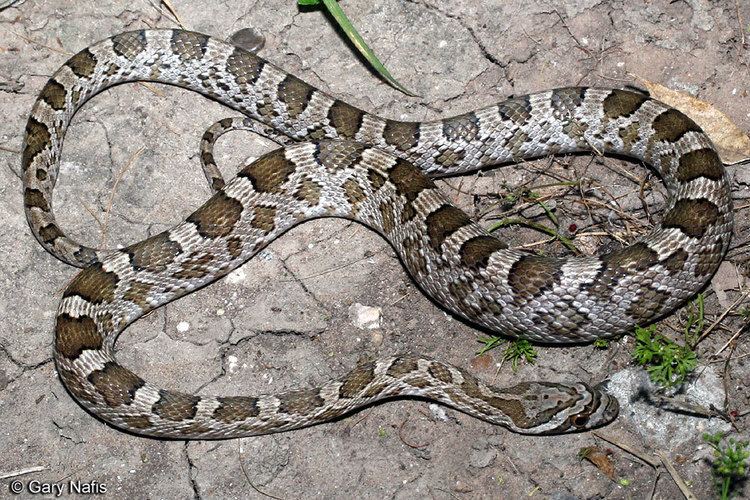
Pantherophis emoryi feeding
Etymology
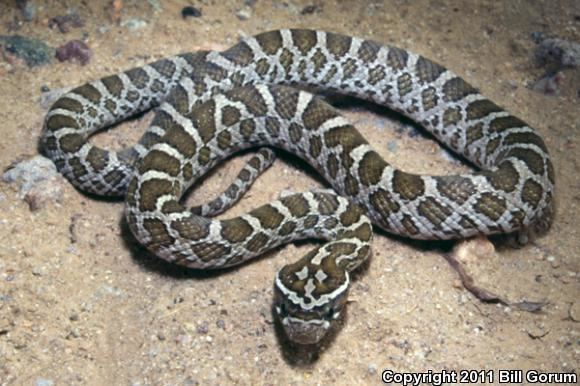
The epithet, emoryi, is in honor of Brigadier General William Hemsley Emory, who was chief surveyor of the U.S. Boundary Survey team of 1852 and collected specimens for the Smithsonian Institution. As such, it is sometimes referred to as Emory's rat snake.
Common names
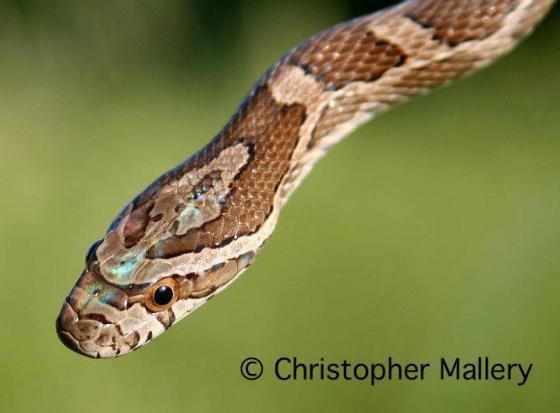
Additional common names for Pantherophis emoryi include the following: brown rat snake, chicken snake, eastern spotted snake, Emory's Coluber, Emory's pilot snake, Emory's racer, Emory's snake, gray rat snake, mouse snake, prairie rat snake, spotted mouse snake, Texas rat snake, and western pilot snake.
Description
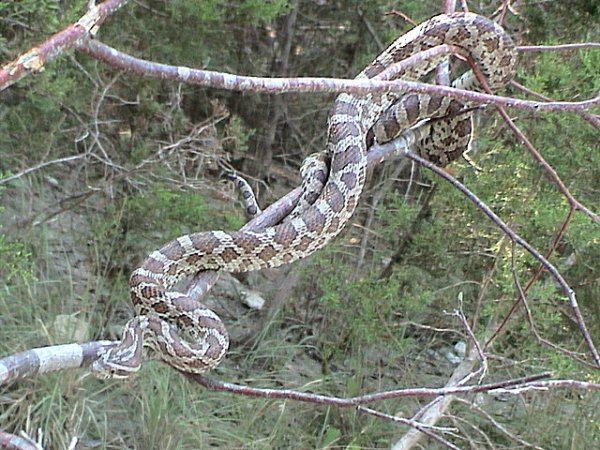
The Great Plains rat snake is typically light gray or tan in color, with dark gray, brown, or green-gray blotching down its back, and stripes on either side of the head which meet to form a point between the eyes. They are capable of growing from 3 feet to 5 feet long.
Behavior
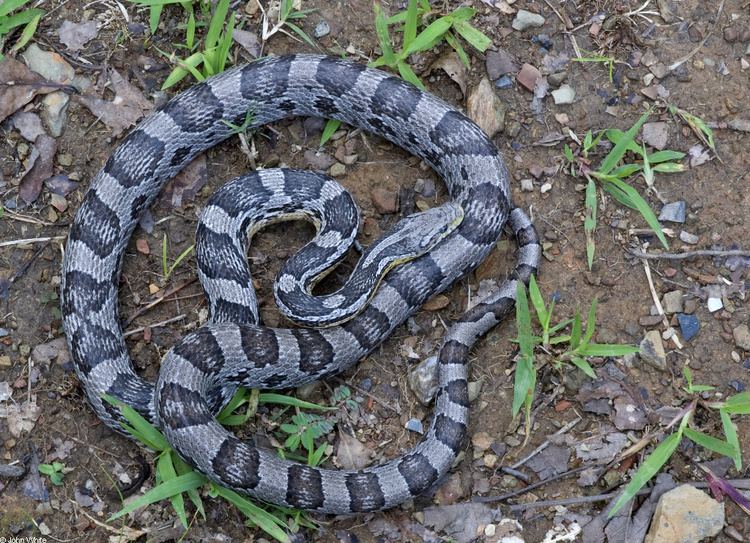
Great Plains rat snakes prefer open grassland or lightly forested habitats, but are also found on coastal plains, semi-arid regions, as well as rocky, moderately mountainous regions. They can often be found on farmland, which often leads it to be erroneously called the chicken snake, and other areas with a relatively high rodent population, which is their primary diet. They will also eat birds, and occasionally snakes, lizards and frogs, all of which they subdue by constriction. They are primarily nocturnal, and oviparous, laying clutches of as many as 25 eggs in the late spring. Like most rat snakes, when agitated, the Great Plains rat snake will shake its tail vigorously, which by itself makes no noise, but when it shakes amongst dry leaf litter, it can sound remarkably like a rattlesnake, and often leads to misidentification.
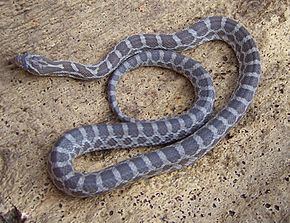
Warning signs of agitation are curling up tightly, shaking its tail rapidly, and hissing. Though this snake has very small teeth and is nonvenomous, it will bite, and its bite is painful for a normal adult human, and will take a couple days to heal. However, as a whole, this species of snake is very calm, even so far as to allowing itself to be picked up if in an open area, and will generally not bite unless they have no other means of escape.
Taxonomy
Since its initial description in 1853 by Spencer Fullerton Baird and Charles Frédéric Girard as Scotophis emoryi, this species has experienced significant taxonomic revisions. It was frequently classified under the genus Elaphe. However, contemporary phylogenetic studies have led to its reclassification into the genus Pantherophis.
Pantherophis emoryi has been elevated to full species status and downgraded to a subspecies of Pantherophis guttatus multiple times. Most recently, Burbrink suggested that Pantherophis guttatus be split into three species: Pantherophis guttatus, Pantherophis emoryi, and Pantherophis slowinskii.
